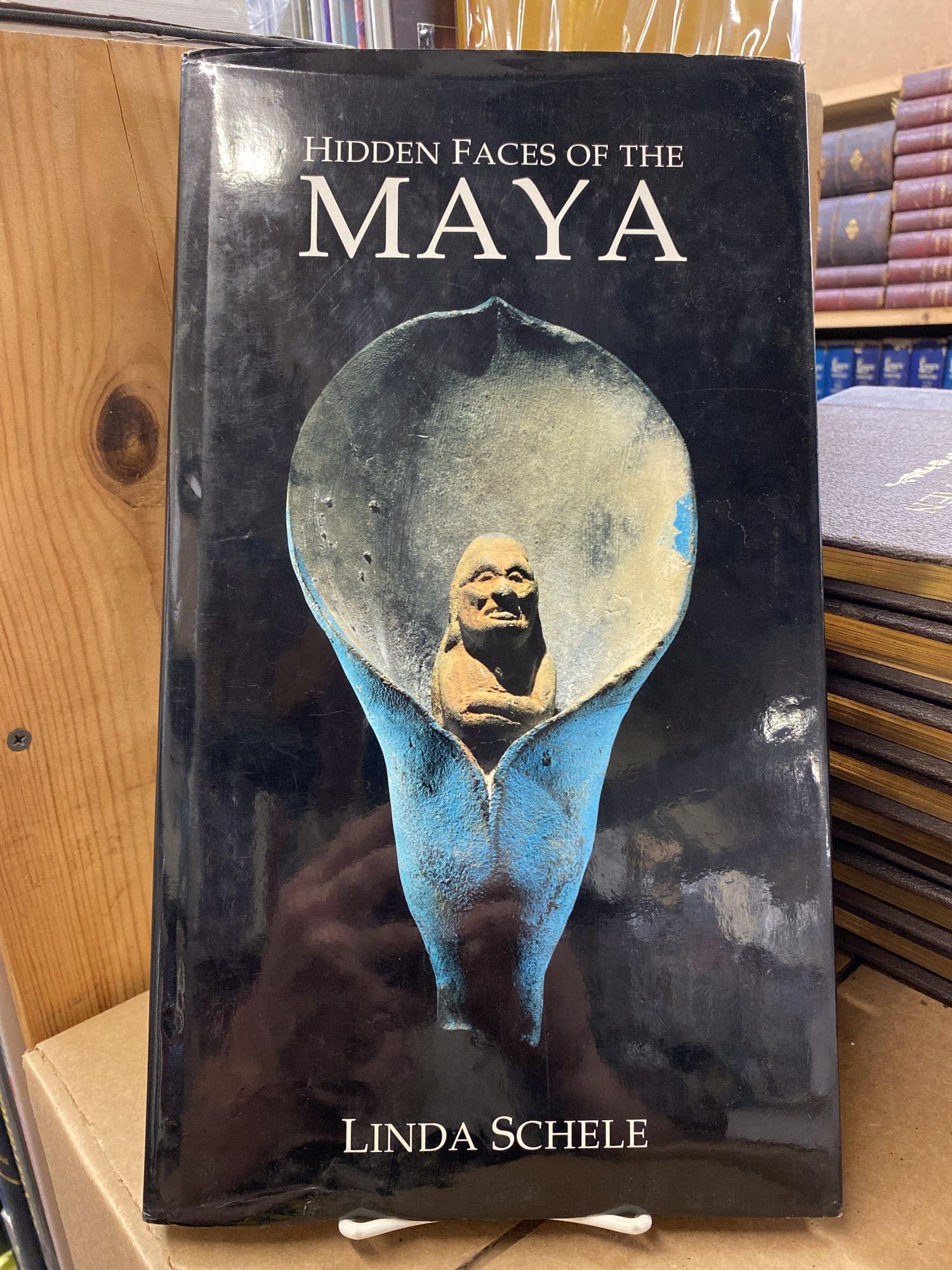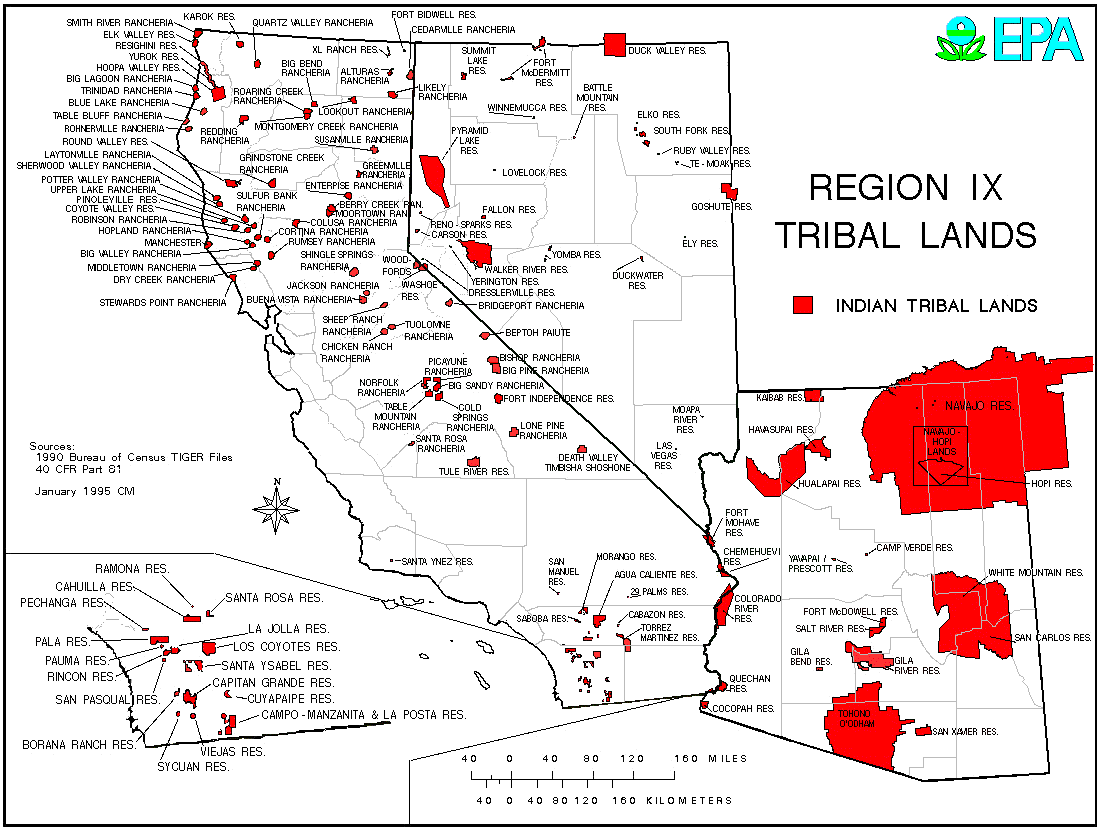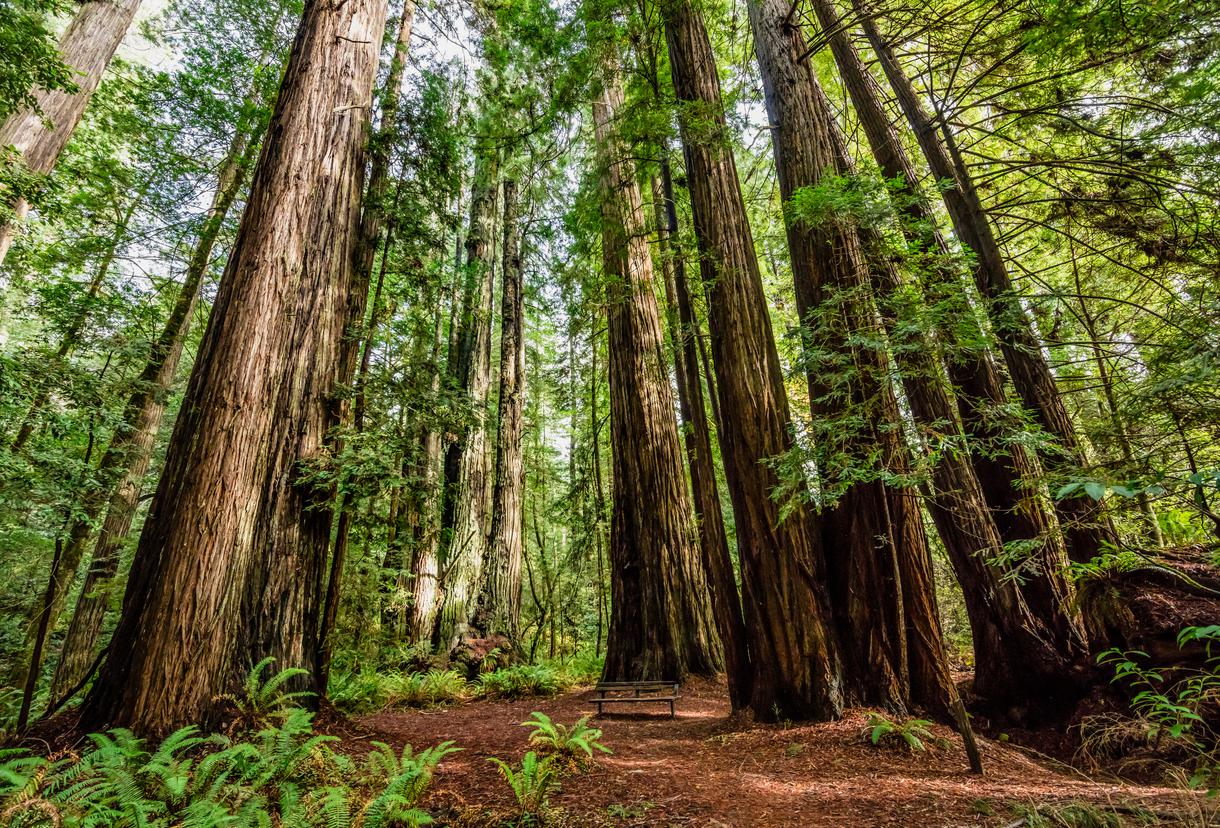Flagstaff’s Hidden Faces: Uncovering the Images of a Forgotten Tribe
Flagstaff’s Hidden Faces: Uncovering the Images of a Forgotten Tribe

The Arizona landscape, with its stark beauty and whispering canyons, holds secrets. One such secret lies nestled within the city of Flagstaff, a place known for its iconic mountain and vibrant arts scene. But hidden beneath the surface, there exists a forgotten tribe, their story etched in the faces of the people who once called this land home. These are the Flagstaff People, a tribe whose legacy is now only visible through the remnants of their history, their images whispering tales of a bygone era.
This article aims to unveil the stories behind these images, to bring to light the faces of the Flagstaff People, and to understand the significance they hold in the broader tapestry of Flagstaff’s history. We’ll delve into the origins of the tribe, their connection to the land, and the ways in which their images offer a glimpse into their lives, beliefs, and struggles.
Related Articles: Flagstaff’s Hidden Faces: Uncovering the Images of a Forgotten Tribe
- Uncover the Indigenous Heritage: Discover the Tribes That Called San Antonio Home
- Unveil the Enchanting Tapestry of Native American History
- Unveiling the Native American Tapestry of Indianapolis: A Journey into Lost Tribes and Enduring Legacies
- Tosebud: Where Tradition Meets The Modern World
- Unveiling the Largest Indian Reservation in California: A Journey into Native American Heritage
Who Were the Flagstaff People?
The Flagstaff People, also known as the Coconino People, were a Native American tribe who inhabited the region surrounding present-day Flagstaff, Arizona. Their history stretches back centuries, their roots entwined with the very fabric of the land they called home. The Coconino name itself, derived from the Hopi word "K’ok’onino," meaning "pine tree people," speaks volumes about their deep connection to the environment.
Their lives were intricately woven with the rhythms of nature. They were skilled hunters and gatherers, adept at navigating the rugged terrain and utilizing the resources the land provided. They were also gifted artisans, their hands creating beautiful pottery, weaving intricate baskets, and crafting tools from the materials around them.
The Images: Windows to the Past
The images of the Flagstaff People offer a rare and precious glimpse into their lives. These images, often photographs taken by early settlers and explorers, capture the essence of a people who lived in harmony with their surroundings. They show us their faces, etched with the wisdom of generations, their eyes reflecting the resilience of a people who endured hardship and change.
These images are not merely snapshots; they are testaments to a culture, a way of life, and a connection to the land that has been largely forgotten. They tell stories of families, of communities, of traditions passed down through generations. They show us the Flagstaff People as they were, not as historical figures but as individuals with hopes, dreams, and stories of their own.
Preserving the Legacy: A Collective Responsibility
The images of the Flagstaff People are not just historical artifacts; they are a vital part of the cultural heritage of Flagstaff. They represent the continuity of a people who, despite the challenges they faced, maintained their traditions and their identity.
However, the preservation of these images is not just about archiving photographs. It’s about recognizing the significance of the Flagstaff People’s history, understanding their contributions to the region, and acknowledging the injustices they faced. It’s about ensuring that their stories are not lost to time, that their voices continue to be heard.
The Importance of Research and Collaboration
The study of the Flagstaff People and their images requires a collaborative approach, bringing together historians, anthropologists, and members of the indigenous community. This collaboration is crucial for ensuring that the interpretation of these images is accurate and respectful.
Research efforts should focus on understanding the historical context of the images, identifying the individuals depicted, and uncovering the stories behind them. This can be achieved through archival research, oral histories, and engagement with local indigenous communities.
Beyond the Images: A Deeper Understanding

The images of the Flagstaff People offer a starting point for understanding their history. However, it’s important to move beyond the visual and explore the broader context of their lives. We need to delve into their language, their beliefs, their customs, and their relationship with the environment.
By understanding these aspects of their culture, we can gain a deeper appreciation for the Flagstaff People, their resilience, and their unique contribution to the history of Arizona.
The Ongoing Struggle for Recognition
The Flagstaff People, like many indigenous groups, have faced numerous challenges throughout history. They have endured displacement, cultural assimilation, and economic hardship.
The images of the Flagstaff People serve as a reminder of their struggles and their resilience. They are a testament to the enduring spirit of a people who, despite the odds, have maintained their cultural identity.

The Future of the Flagstaff People
While the Flagstaff People as a distinct tribe no longer exist, their legacy lives on. Their images continue to inspire, their stories continue to be told, and their connection to the land remains a vital part of Flagstaff’s identity.
By understanding and appreciating the Flagstaff People and their images, we can foster a more inclusive and respectful community. We can ensure that their stories are remembered, their contributions are acknowledged, and their legacy continues to inspire future generations.
FAQ
Q: Where can I find images of the Flagstaff People?
A: Images of the Flagstaff People can be found in various archives, including:
- The Museum of Northern Arizona (MNA): The MNA holds a significant collection of photographs and artifacts related to the Flagstaff People.
- The Flagstaff Public Library: The library’s local history collection contains numerous images and documents about the tribe.
- The Arizona Historical Society: The society’s archives include a wealth of information about Arizona’s indigenous communities, including the Flagstaff People.
Q: What are some of the challenges faced by the Flagstaff People?
A: The Flagstaff People, like many indigenous groups, faced numerous challenges, including:
- Displacement: The arrival of European settlers led to the displacement of the Flagstaff People from their traditional lands.
- Cultural Assimilation: The U.S. government implemented policies aimed at assimilating indigenous peoples into mainstream society, which resulted in the suppression of their cultural practices and languages.
- Economic Hardship: The Flagstaff People were often forced to work on reservations or in low-paying jobs, leading to economic hardship.
Q: How can I learn more about the Flagstaff People?
A: You can learn more about the Flagstaff People by:
- Visiting the Museum of Northern Arizona: The MNA offers exhibits and programs that highlight the history and culture of the Flagstaff People.
- Attending local lectures and presentations: Many organizations in Flagstaff host events related to indigenous history and culture.
- Reading books and articles: There are numerous resources available that provide information about the Flagstaff People.
- Engaging with local indigenous communities: Many indigenous communities in the Flagstaff area are open to sharing their knowledge and perspectives.
Q: What can I do to support the preservation of the Flagstaff People’s legacy?
A: You can support the preservation of the Flagstaff People’s legacy by:
- Visiting and supporting the Museum of Northern Arizona: The MNA plays a vital role in preserving and sharing the history and culture of the Flagstaff People.
- Donating to organizations that support indigenous communities: Many organizations work to preserve indigenous languages, cultures, and traditions.
- Educating yourself and others about the history and culture of the Flagstaff People: Sharing knowledge and promoting understanding is essential for ensuring that their legacy lives on.
- Supporting local indigenous businesses and artists: By patronizing indigenous-owned businesses and purchasing art from indigenous artists, you can help to sustain their communities.
The images of the Flagstaff People are a powerful reminder of the richness and complexity of Flagstaff’s history. By understanding their stories, we can gain a deeper appreciation for the land we call home and the people who have shaped its history. Let us not forget their faces, their stories, and their enduring legacy.

Closure
Thus, we hope this article has provided valuable insights into Flagstaff’s Hidden Faces: Uncovering the Images of a Forgotten Tribe. We hope you find this article informative and beneficial. See you in our next article!


